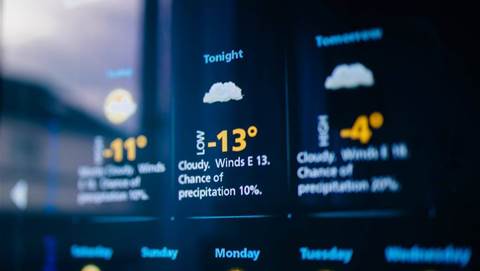Mobile malware increased by 273 percent in the first half of this year, with cross-platform Trojans dominating the landscape, according to vendor research.

The year-on-year increase in malware for smartphones and tablets means one new strain was detected every 12 seconds on average, G Data said.
“At the moment, the perpetrators mainly use backdoors, spy programs and expensive SMS services to harm their victims," G Data security evangelist Eddy Willems said.
"Even though this special underground market segment is still being set up, we currently see an enormous risk potential for mobile devices and their users.”
G Data found that most of the viruses were designed to enable spamming or other criminal activities from the eCrime service catalogue.
In particular, a malicious application called ‘Zsone' was spread via the Google Android Market. This Trojan sends subscription registrations to Chinese premium SMS numbers and, because the registration confirmation is also intercepted, users detect the scam only when they check their bills.
Research by Kaspersky Lab found that threats designed for Android represent approximately 23 percent of the total number detected for mobile platforms. It highlighted the Nickspy Trojan, the distinguishing characteristics of which include an ability to collect information about a phone's GPS coordinates and any calls that are made from the device.
The Nickspy Trojan can also record conversations taking place over the device; these audio files are then uploaded to a remote server managed by the malicious owner.

.png&h=140&w=231&c=1&s=0)






.png&w=100&c=1&s=0)

 Government Innovation Showcase Federal
Government Innovation Showcase Federal
 Government Cyber Security Showcase Federal
Government Cyber Security Showcase Federal
 Digital NSW 2025 Showcase
Digital NSW 2025 Showcase












_(1).jpg&h=140&w=231&c=1&s=0)



